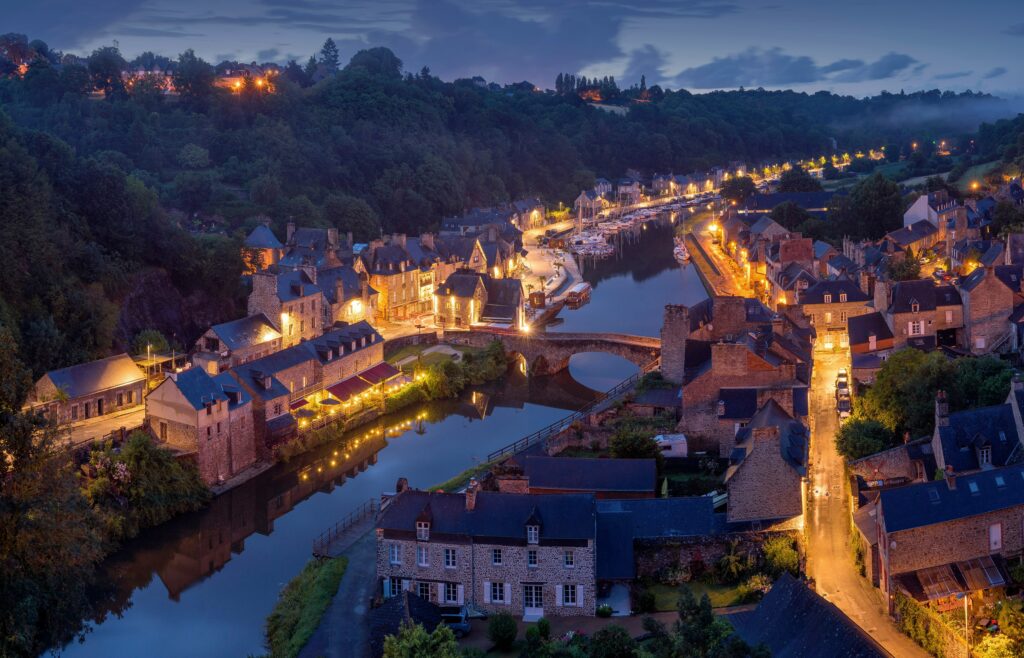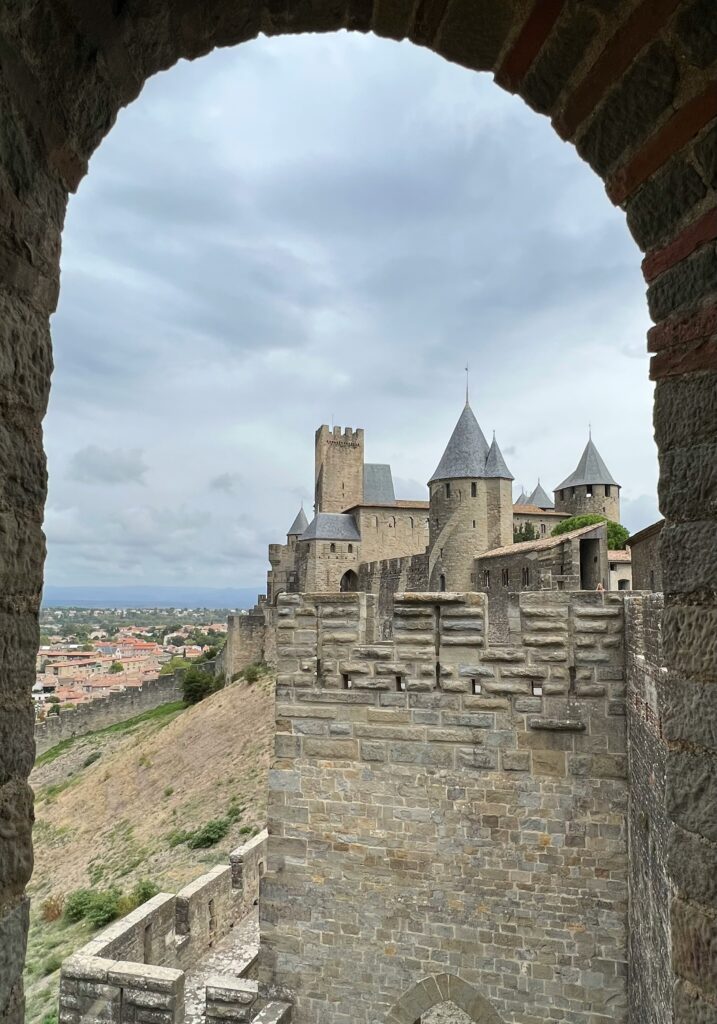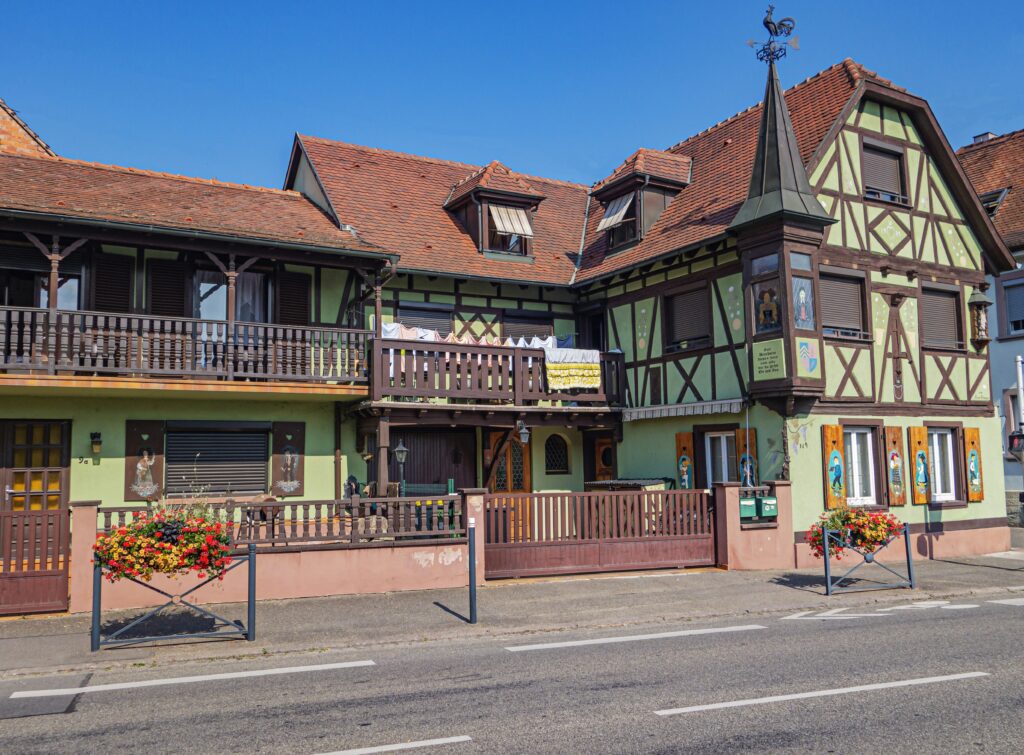FRANCE :
France is the world’s most popular tourist destination. Of course, it also has many of the best places to visit in France that amaze man’s eyes. France is a country of romance, art, and history with major attractions like the new tower, charming villages, etc.

Every region is known for its exquisite and superior food quality and the wines served. Paris is the world’s fashion capital; the country has a rich history as seen in the buildings, structures, and places such as the Palace of Versailles. Away from the art, food, wine, and romance, France also hosts colorful festivals and boasts of the most famous museum in the world. Let’s check the map below with a complete guide.
France Map Cities:
France is located between the Atlantic Ocean and the Mediterranean Sea, the Alps, and the Pyrenees, With its strategic position.
Best Places To Visit In France and Best Month To Go To France:
1. PARIS:
Paris is coming to the top of the world’s best countries to visit of all time. As France’s symbol in the world, and the showcase of Paris, today it welcomes almost 7 million visitors a year (around 75% of whom are foreigners), making it the most visited monument that you have to pay for in the world.

- EIFFEL TOWER:
Parisian landmark that is also a technological masterpiece in building-construction history.
The object of discord, the Eiffel Tower never fails to impress its visitors, It is an example of history full of new developments. The repainting campaign is an important event of life and takes on a truly mythical nature, as everything is connected with the Eiffel Tower.
You can dine with a view on the 1st floor or indulge at the Michelin-starred Le Jules Verne restaurant on the 2nd floor. At the exhilarating height of 276 meters. The top floor offers a sweeping outlook over the city of Paris and beyond.

2. MOSéé DU LOUVRE:
The most famous and iconic museum in Paris the Louvre ranks among the top European collections of fine arts. LOUVRE is designed with the shape of a Pyramid. The Louvre Pyramid is in the main courtyard of the Louvre Museum in Paris.
Many of Western Culture and Civilization’s most famous works are found here, including the Mona Lisa by Leonardo da Vinci. The Wedding Feast at Cana by Veronese, and the 1st-century-BC Venus de Milo sculpture.
Including countless masterpieces, LOUVRE displays around 35,000 artworks inside it. It’s very difficult to see all the masterpiece artwork in a day or even in a week Here you need a Private tour guard to see and get information on specific rewarding artworks.
3. Château de Versailles:
Château de Versailles is also famous with the name of Hall of Mirrors. The UNESCO-listed Château de Versailles cover you in France’s glorious regal history. The most spectacular space in the palace is the Hall of Mirrors, where courtiers waited for an audience with His Majesty.
This dazzling gallery shines with sunlight that enters through the windows and is reflected off hundreds of ornamental mirrors. In contrast, hundreds of glittering chandeliers and gilded details make the overall impression even more marvelous and iconic.

4. GIVERNY:
Situated around 45 miles (75 km) from Paris, this town is the site of perhaps one of the most amazing spots in France: the home of the late craftsman Claude Monet. Maybe you’ve traveled into one of his canvases, a Japanese scaffold painted an ideal blue-green, water lilies in sprout below.
A warm peach-pink block house, painstakingly managed with green. The entire scene is intended to satisfy the eye. Indeed, even the lively inside shows a painter’s eye. Every window has a choice view. Anything that you do, don’t miss this spot.

5. MOSéé d ′ORSAY:
Mosee d orsay is one of the best places to visit in France. If you can do without art—although we doubt anyone can—we’d recommend that you walk inside this museum so The light inside is worth your attention. Once a train station (the Gare d’Orsay), the Musée d’Orsay has been repurposed and is now a pleasing, skylit wonder with Postimpressionist paintings and more to suit most tastes.

6. Carcassonne:
With its turreted towers and crenelated bulwarks, Carcassonne appears to be straight out of a fantasy scene.
Known as La Cité, the UNESCO-recorded walled middle-age town of Carcassonne is a warren of limited, winding cobblestone paths and interesting old houses. Essentially every road, square, and building has held its memorable person.
Must-see vacation spots are the twofold circuited bulwarks with 52 pinnacles and the Basilique Holy Person Nazaire et Holy Person Celse, which highlights breathtaking thirteenth-century stained-glass windows.
Carcassonne draws numerous guests on July fourteenth for its firecrackers show, to observe Bastille Day, a public occasion (Fête Nationale). Notwithstanding being a humble community Carcassonne presents one of the most stunning July fourteenth light shows in France.

7. Alsace Villages:
Alsace, in Eastern France, is a region well-known and famous place for its medieval villages, hilltop fortresses, Christmas Markets, and good wines. Choosing which typical towns and villages in Alsace to visit on your holiday can be challenging; all these Alsatian villages are very charming and gorgeous!
From north to south, there are a lot of pretty little towns and towns in Alsace to find. With extraordinary views, pleasant rear entryways, exquisite squares, and middle-aged structures, these Alsace towns are charming spots not to be missed!

8. CHAMONIX-MONT-BlANCE:
Chamonix-Mont-Blanc was visited by 1M+ users in the past month by Real Reviews and Book Online.
Chamonix is located in the French Alps just north of Mont Blanc but the highest mountain in Western Europe. Between the highest peaks of the Aiguilles Rouges and the notable Aiguille du Midi, it borders both Switzerland and Italy. It is one of the oldest ski resorts in France, popular with alpinists and mountain enthusiasts. Via the cable car lift to the Aiguille du Midi, it is possible to access the off-piste (backcountry) ski run of the Vallée Blanche (White Valley).

9. PROVENCE:
Escape into a beyond landscape of olive groves, sun-drenched rolling hills, and deep purple lavender fields but with little villages nestled in the valleys and perched on rocky outcrops. The vibrant scenery has enchanted many famous artists, including Cézanne, Matisse, Chagall, and Picasso.
The rustic natural beauty, country charm, and laid-back atmosphere of Provence allow the region’s art de vivre (art of living) to flourish but Sultry weather encourages strolls along cobblestone streets and afternoons spent on sunny terraces of outdoor cafés.

Best Month To Go To France
1. April: The Spring Awakening
France in April is colourful as spring flourishes all over the country so tourism is the best all around. The climate is slightly warm, there are no huge crowds of tourists during this period at such places as the Eiffel Tower and the Loire castles. Gardens and parks look particularly beautiful in spring because of cherry blossoms and tulips.
2. June – The Festival Season
June is rather appropriate to spend a lot of time outdoors due to the long days and many celebrations. Paris invests in events outdoors, and the south of France begins to come alive. It’s hot, but not summer rating which it receives at the height of the tourist season, ideal.
3. September – The Golden Harvest
Auburn, though is ideal in September since the vineyards have again started the process of harvesting. The climate is fine still and the summer tourists which swell the populace have not yet arrived it is, therefore, a superb period for sightseeing in the cities and the countryside.
4. December and The Magical Winter
December is also a cause for celebration in France – people wait for Christmas fairs and lights, and the opportunity to skate on the snow-capped Alps. Both Paris and Strasbourg look particularly lovely during this time of the year.
All these months have in one way or the other something specific depending on what one is interested in!

FAQS (Frequently Asked Questions)
Here are some of the most commonly asked questions (FAQs) about visiting France:
1. What is the Best Time to Visit France?
The best time to visit depends on your interests. Spring (April to June) and fall (September to October) offer mild weather and fewer crowds. Summer is great for festivals and beach trips, while winter is ideal for skiing in the Alps or enjoying festive markets.
2. Do I Need a Visa to Visit France?
Citizens of many countries, including the EU, USA, Canada, Australia, and others, can enter France visa-free for up to 90 days. Check the specific requirements based on your nationality before you travel.
3. What is the Currency Used in France?
France uses the Euro (€). Credit and debit cards are widely accepted, but it’s always good to carry some cash, especially in rural areas or small businesses.
4. Is English Spoken in France?
While French is the official language, many people in tourist areas speak English, especially in hotels, restaurants, and shops. However, learning a few basic French phrases can be very helpful and appreciated by locals.
5. What Are the Must-See Attractions in France?
France is full of iconic sites. The Eiffel Tower, Louvre Museum, and Notre-Dame in Paris are must-sees. Outside of Paris, explore the Palace of Versailles, Mont Saint-Michel, the French Riviera, and the wine regions of Bordeaux and Burgundy.
6. What is the Best Way to Travel Around France?
France has an excellent public transportation system. Trains (especially the high-speed TGV) are a great way to travel between cities. Renting a car is ideal for exploring the countryside, while Paris has an extensive metro system.
7. Is France Safe for Tourists?
France is generally a safe country for tourists. Like anywhere, be mindful of your belongings, especially in crowded areas and tourist hotspots. Emergency services are reliable, and health care is excellent.
8. What Should I Eat in France?
France is famous for its cuisine. Try croissants and café au lait for breakfast, a variety of cheeses, baguettes, and traditional dishes like coq au vin, ratatouille, and crêpes. Don’t forget to enjoy French wine and pastries!
9. What Are the Tipping Customs in France?
Service charges are usually included in your bill at restaurants. Tipping isn’t mandatory, but it’s appreciated to leave a small amount (around 5-10%) if you received good service.
10. Can I Use My Cell Phone in France?
Yes, most modern smartphones will work in France. Check with your carrier about international plans to avoid high roaming fees. Free Wi-Fi is common in hotels, cafes, and public areas.
These FAQs should cover most of what travelers are curious about when planning a trip to France!



